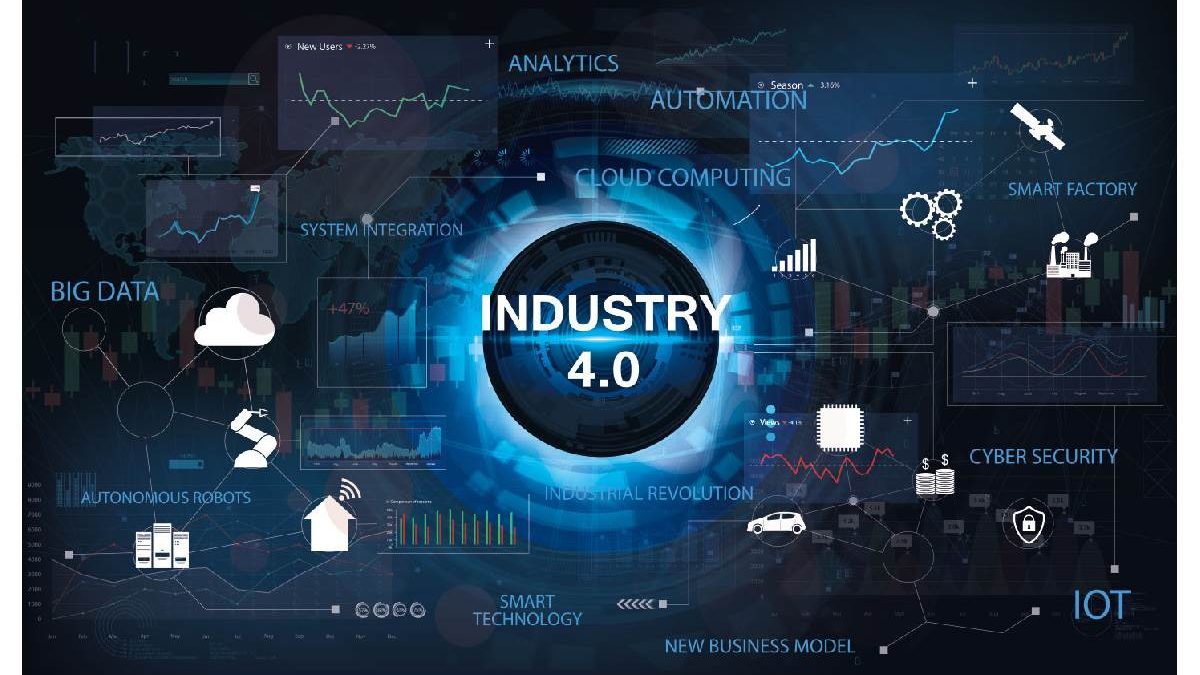Industry 4.0 consists of the fourth stage of development and progress, with interconnection and digitization being the main technological strengths.
In other words, although it is true that in the so-called third revolution, a mechanical transformation of the industry was carried out, there was a process of intense digitization in the fourth revolution.
The best example is the replacement of VHS or DVD videos with video formats hosted on a streaming platform or in a digital format, be it MP4 or others. The same happens with photo cameras; they went from analogue to digital, with what this means: suppression of photo revealing and changes in consumer behaviour and habits.
This process has helped dispense many physical elements to store information, being replaced by reusable storage units. For example, once recorded, a CD with the songs of a music group could no longer be used to add new music. With a Pen-drive, you can delete the pieces that don’t interest you and save new ones.
Precedents in Industrial Revolutions
When we talk about the first, second, third or fourth industrial revolution, we comment on different advances that lead to significant changes, not only economic, social and cultural.
| 1st Revolution | Making products by hand. | Mass production with machines. |
| 2nd Revolution | Use of coal or wood and basic assembly lines. | More powerful power sources and specialized assembly lines. |
| 3rd Revolution | Data and information processed with simple tools. | Data and information processed more efficiently with computer tools. |
| 4th Revolution | Processes and tasks carried out analogically. | Automated processes and, therefore, more digitized. |
As can be seen, a revolution is impossible without the previous one since they are evolutions and transformations of existing technologies, and new technologies are created from existing ones.
An example is the digitization of the industry, which would not be possible without first having gone through the beginnings of the information age.
Industry 4.0 Applications
Applications in the industry have become more transversal than ever since. Regardless of the company’s sector, it can adopt certain technologies.
This is possible thanks to the Internet, and the possibilities offered by technology in this field, are extensive in the industrial sense. Its applications can vary from the measurement of soil moisture in a crop to the prediction of available rooms in a hotel, depending on the season.
This type of information helps companies to be more efficient and to have data that is useful for the performance of their business.
Continuing with the example, if the cropland is already wet and we have drip irrigation programmed, its postponement will help us save water and costs.
Happening the other hand, in the case of a hotel that efficiently anticipates. How much workload it will have according to the season, it will be able to organize its workforce according to the needs of the company.
Commented examples of the primary and tertiary sectors, the secondary would remain. In secondary school. The impact of this type of technology is more than evident since it tends to depend more on machinery and computer elements.
Examples of Technologies in Industry 4.0
Some examples of industry technologies are:
- Internet of things.
- I work in the cloud.
- Automation and artificial bits of intelligence.
Although they are all compatible, the Internet of Things (IoT) is the cornerstone of digitization in general. From the IoT arise derivative industries such as home automation.
On the other hand, there would be work in the cloud, automation and artificial intelligence. When it comes to working in the cloud. It is as simple as it is necessary since it tries to establish a space. Where several individuals can work on the same project without having to be in the exact physical location.
And finally, we would have automation and artificial intelligence (AI, Artificial Intelligence). Although it is possible to create automation processes that do not require. An AI and are exceedingly valuable and practical the trend. Will be for both technologies to go hand in hand over time.
This means that artificial intelligence is trained to supervise automated processes. And make certain decisions in the event of errors, mismatches or other circumstances.

